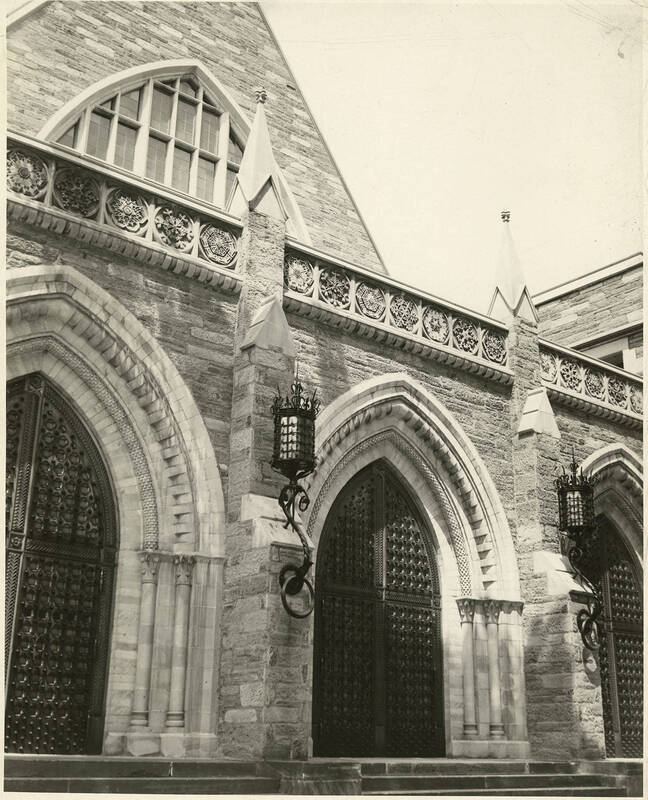About
On April 25, 1931, Bryn Mawr College hosted an interracial conference entitled "The Economic Status of Negroes." Organized by students of the Bryn Mawr Liberal Club and held in the Music Room of Goodhart Hall, the 1931 conference brought together many prominent civil rights leaders. Students from Swarthmore College, Haverford College, Cheyney Normal School (now Cheyney University of Pennsylvania), Vassar College, Johns Hopkins University, George Washington University, and Howard University attended sessions led by Alain Locke, Alice Dunbar Nelson, W.E.B. Du Bois, and many others. Their talks addressed questions that were pertinent to discussions of economics and race relations at that time.
“The Economic Status of Negroes” was not the first conference or discussion on the subject. In October 1930, the press in the US received key findings of a controversial report commissioned by President Hoover, written by Thomas Jackson Woofter, and titled “The Economic Status of the Negro.”1 W.E.B. Du Bois was a vocal opponent of the report, calling it "neither candid, scientific, nor conclusive." Du Bois criticized the study of African American communities through a solely intellectual lens that disregarded “color prejudice, disenfranchisement, and poor schools.” He felt the report’s proposed solutions, such as more agricultural training, did not address the full range of challenges that people of color faced.2
Student organizations across the nation were engaged in similar conversations. On March 22, 1930, the Bryn Mawr Liberal Club hosted their first intercollegiate one-day conference, called "The Economic Conference," to explore economic conditions affecting white Americans during the Great Depression.3 When compared with the title of the 1931 conference ("The Economic Status of Negroes"), the title of the 1930 conference is a clear example of how whiteness, in terms of race, is unmarked.
That same semester, the Swarthmore College Liberal Club attempted to organize an interracial conference, even inviting Du Bois to speak. However, the conference was postponed because the Swarthmore Board of Managers did not want the college to accommodate the African American delegates who would have attended.4 Those attempts to organize an interracial conference would culminate in the 1931 conference featured in this exhibit.5
These were students determined to engage with real-world issues and with the leaders working to fix them. In this exhibit, we investigate how students interacted with the interconnectedness of race relations, labor, and education.
1. Woofter, Thomas Jackson. A Study of the Economic Status of the Negro. Chapel Hill, 1930.↩
2. Du Bois, W. E. B. Woofterism, ca. March 1931. W. E. B. Du Bois Papers (MS 312). Special Collections and University Archives, University of Massachusetts Amherst Libraries.↩
3. "Student Economic Conference," The College News, March 26, 1930.↩
4. Swarthmore College. Liberal Club. Letter from Swarthmore College Liberal Club to W. E. B. Du Bois, February 20, 1930. W. E. B. Du Bois Papers (MS 312). Special Collections and University Archives, University of Massachusetts Amherst Libraries.↩
5. "Swarthmore Delegates Go To Negro Conference," Swarthmore Phoenix, April 28, 1931.↩

